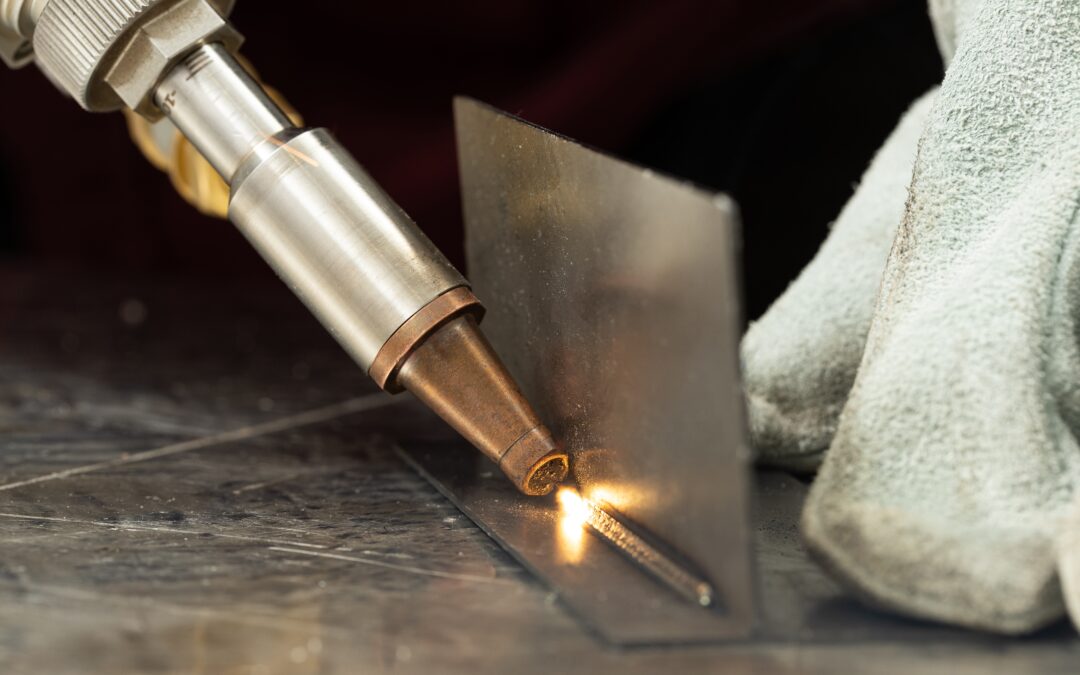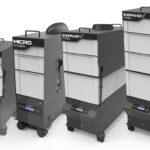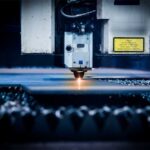Welding, an indispensable process in industries ranging from manufacturing to automotive repairs, has always raised concerns due to its emission of potentially hazardous fumes. These concerns have only grown with the increasing use of advanced techniques such as laser welding. As industries move towards more efficient and precise welding methods, understanding the health implications of these processes becomes paramount.
Welding Fumes and Carcinogens: The WHO Alert
In 2017, the World Health Organization (WHO) made a concerning announcement that sent ripples throughout the welding industry: welding fumes were upgraded to a Class I carcinogen. This classification puts welding fumes in the same category as well-established carcinogens such as tobacco smoke and asbestos.
Being classified as a Class I carcinogen means there is sufficient evidence to link welding fumes to cancer development in humans. This evidence came from extensive research showing that people exposed to welding fumes, especially over prolonged periods, have a significantly higher risk of developing lung and other cancers.
Exposure to Welding Fumes: It’s Not Just Welders
When discussing exposure to welding fumes, there’s a common misconception that only welders are at risk. The potential health implications extend far beyond the individual operating the welding torch. For every welder at a company, ten more workers are regularly exposed to these toxic fumes. This can include assistants, nearby workers, inspectors, and even cleaning staff.
Considering the wide radius of exposure, it’s clear that the issue affects a much larger portion of the workforce than one might initially think. Even away from the direct welding site, the ambient fumes can pose considerable health risks.
The 2022 Landmark Study on Welders’ Health
The health concerns surrounding welding aren’t merely speculative. A 2022 study published in the National Library of Medicine provides further troubling evidence about the health impacts of welding fumes. According to the study, welders are a staggering 220% more likely to develop lung-related diseases than non-welders.
These lung-related diseases can range from chronic bronchitis to more severe conditions like lung cancer. The 220% increase showcases a mild or moderate risk and an alarmingly high susceptibility to severe respiratory conditions for those working in or around welding operations.
Other Health Concerns Associated with Welding Fumes
According to OSHA (Occupational Safety and Health Administration), the threats of welding fumes don’t end with respiratory diseases and cancer. There’s a spectrum of other health concerns to be aware of:
1. Metal Fume Fever: Characterized by flu-like symptoms, metal fume fever occurs after exposure to certain metals found in welding fumes, such as zinc, magnesium, and copper. While symptoms may resolve within 24-48 hours, repeated exposure can lead to more severe respiratory conditions.
2. Stomach Ulcers: Certain toxic elements in welding fumes can lead to stomach ulcers, an often painful condition that can seriously affect a person’s quality of life.
3. Kidney Damage: Metals like cadmium in some welding fumes can cause significant kidney damage when inhaled. Over time, this can lead to chronic kidney diseases or even kidney failure.
4. Nervous System Damage: Some metals, notably manganese, can have neurotoxic effects. Prolonged exposure can lead to symptoms resembling Parkinson’s disease, with tremors, slow movement, and other motor difficulties.

Protecting Workers: An Urgent Need
Given the mounting evidence about the severe health risks associated with welding fumes, it’s clear that steps must be taken to safeguard workers. This includes not just welders but all those who might be exposed to these toxic emissions.
Companies need to invest in advanced fume extraction systems, ensure regular health checks for workers, provide personal protective equipment, and conduct ongoing training on the hazards of welding fumes.
How do you build a laser welding safe space in your facility?
Ensuring a safe laser welding working environment is of paramount importance. Not only does it protect the health and safety of employees, but it also fosters productivity and boosts morale. Here are some comprehensive tips for maintaining safety, especially when incorporating a laser welding fume extractor:
1. Understand the Basics: Ensure all operators and workers understand the fundamentals of laser welding and the associated risks.
2. Comprehensive Training: Provide comprehensive safety training for all workers. This should include the operation of welding machines, emergency procedures, and first-aid protocols.
3. Use Personal Protective Equipment (PPE): All workers should wear appropriate PPE, such as safety goggles, gloves, and fire-resistant clothing to protect against harmful radiation.
4. Install a Laser Welding Fume Extractor: Fumes generated during welding can be harmful if inhaled. A laser welding fume extractor will remove these harmful fumes from the working environment, protecting workers’ respiratory health. Ensure it is regularly maintained and checked for efficient operation.
5. Regular Equipment Checks: Inspect all welding equipment for damages or malfunction. This includes both the welding machine and the fume extractor.
6. Perimeter Guards: Set up perimeter guards or barriers around the welding area to prevent unauthorized or untrained personnel from entering the active welding zone.
7. Clear Signage: Mark all welding areas with appropriate warning signs. This helps alert all nearby about the ongoing activity and the precautions they should observe.
8. Ventilation: Aside from using a fume extractor, ensure the welding area is well-ventilated. This helps disperse any fumes and maintains good air quality.
9. Regular Health Checks: Organize periodic health checks for workers to detect early signs of any potential health issues arising from their exposure to the welding environment.
10. Stay Updated on Regulations: Regularly check local and national safety regulations regarding laser welding. Ensure you’re always in compliance.
11. Emergency Protocols: Establish clear protocols, such as procedures to shut down the equipment in case of a malfunction or what steps to follow in the event of a fire or injury.
12. Limit Exposure: Ensure workers take regular breaks from the welding area to limit their exposure to potential hazards.
13. Proper Waste Disposal: Dispose of any waste, including collected fumes and particles from the fume extractor, in an environmentally friendly manner per local regulations.
14. Stay Informed: Advances in technology and research can introduce new safety procedures and equipment. Stay updated with the latest laser welding safety to enhance your safety measures continually.
By following these tips and ensuring a proactive approach to safety, you can create a laser welding environment that prioritizes the well-being of every individual involved.
Conclusion
The revelation of welding fumes as a Class I carcinogen and the subsequent findings on its health impacts make it undeniable that we need to view welding, particularly laser welding, with a renewed sense of caution. As industries advance and evolve, so must our understanding of occupational hazards and our commitment to worker safety. The health and well-being of our workers should always be paramount.
Ensuring the safety of laser welding operations is an ongoing endeavor, and there’s no better time than the present to be proactive about it. Whether you’re a veteran in the industry or just starting, understanding the ins and outs of robotic laser welding cannot be overstated.
If you have uncertainties or questions, you must seek clarity and answers. Prioritizing the well-being of both yourself and your workers should always be at the forefront of your operations. A safe facility is not just an endpoint but an ongoing journey. With thorough training programs, implementing perimeter guards, steadfast adherence to safety protocols, and exploring other protective solutions, you can consistently enhance and ensure a safer work environment for everyone involved. Remember, investing in safety today can prevent potential risks and hazards tomorrow.
Learn more about Filtrabox Weld-R systems to provide an efficient and safe laser welding environment.









Recent Comments